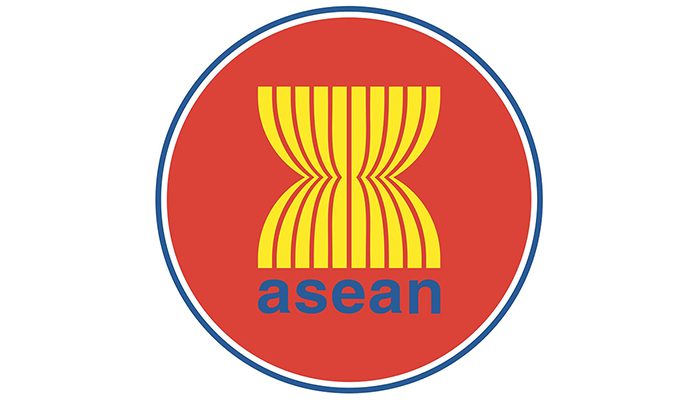
The Association of Southeast Asian Nations, or ASEAN, was established on 8 August 1967 in Bangkok, Thailand, with the signing of the ASEAN Declaration (Bangkok Declaration) by the Founding Fathers of ASEAN, namely Indonesia, Malaysia, Philippines, Singapore and Thailand. Brunei Darussalam then joined on 7 January 1984, Viet Nam on 28 July 1995, Lao PDR and Myanmar on 23 July 1997, and Cambodia on 30 April 1999, making up what is today the ten Member States of ASEAN.
As set out in the ASEAN Declaration, the aims and purposes of ASEAN are:
- To accelerate the economic growth, social progress and cultural development in the region through joint endeavours in the spirit of equality and partnership in order to strengthen the foundation for a prosperous and peaceful community of Southeast Asian Nations;
- To promote regional peace and stability through abiding respect for justice and the rule of law in the relationship among countries of the region and adherence to the principles of the United Nations Charter;
- To promote active collaboration and mutual assistance on matters of common interest in the economic, social, cultural, technical, scientific and administrative fields;
- To provide assistance to each other in the form of training and research facilities in the educational, professional, technical and administrative spheres;
- To collaborate more effectively for the greater utilisation of their agriculture and industries, the expansion of their trade, including the study of the problems of international commodity trade, the improvement of their transportation and communications facilities and the raising of the living standards of their peoples;
- To promote Southeast Asian studies; and
- To maintain close and beneficial cooperation with existing international and regional organisations with similar aims and purposes, and explore all avenues for even closer cooperation among themselves.
Taken from http://asean.org/asean/about-asean/
ASEAN introduction (Video below)
ASEAN publications, articles, project templates, legal documents and other resources
The ASEAN Community by 2015 (Video Below)
ASEAN Regional Forum (ARF)
The objectives of the ASEAN Regional Forum are outlined in the First ARF Chairman’s Statement (1994), namely:
- to foster constructive dialogue and consultation on political and security issues of common interest and concern; and
- to make significant contributions to efforts towards confidence-building and preventive diplomacy in the Asia-Pacific region.
Taken from http://aseanregionalforum.asean.org/about.html
ASEAN Plus Three Macroeconomic Research Office (AMRO)
AMRO is the regional macroeconomic surveillance unit of the Chiang Mai Initiative Multilateralisation (CMIM). The CMIM is a multilateral currency swap arrangement between ASEAN+3 members, established under the agreement signed by the ASEAN+3 Finance Ministers and Central Bank Governors that came into effect on March 24, 2010.
AMRO is committed to contribute to the macroeconomic and financial stability of the region through conducting macroeconomic surveillance and supporting the implementation of the regional financial arrangement. AMRO sets its vision to be an independent, credible and professional regional organization acting as a trusted policy advisor to members in the ASEAN+3 region. Taken from http://www.amro-asia.org/about-amro/
ASEAN+3 Finance Ministers’ and Central Bank Governors’ Joint Statements
Publications (thematic studies and research groups)
Member states
Philippines
Department of Foreign Affairs of the Philippines
Singapore
Ministry of Foreign Affairs of Singapore
Malaysia
Ministry of Foreign Affairs of Malaysia
ASEAN-Malaysia National Secretariat
Thailand
Ministry of Foreign Affairs of Thailand
Cambodia
Ministry of Foreign Affairs & International Cooperation of Cambodia
Laos
Ministry of Foreign Affairs of Lao PDR
Indonesia
Ministry of Foreign Affairs of Indonesia
Myanmar
Ministry of Foreign Affairs of Myanmar
Brunei
Ministry of Foreign Affairs and Trade of Brunei Darussalam:
Vietnam
Ministry of Foreign Affairs of Viet Nam
Analysis
What Are the Opportunities for ASEAN?
7 Things you need to know about ASEAN (Video Below)
Religion in Southeast Asia: Diversity and the threat of extremes
Constructing Southeast Asian Multicultural Identity: Bridging the Diversity across Nations
Inside the Drug War in Southeast Asia (Video Below)
“Human Rights in ASEAN: Past, Present and the Future” (Video Belo